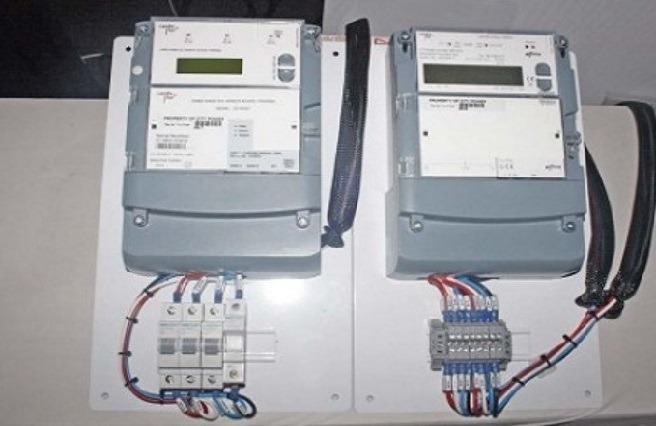In the late 20th century, Denmark experienced a surge in anti-nuclear sentiment that ultimately led to the 1985 Moratorium , with more than 60% of the Danish voters opposing the construction of new nuclear facilities.
Against this historical backdrop, its rather surprising that Denmark has unexpectedly become a focal point for introducing advanced nuclear technologies such as thorium molten salt reactors (TMSR) to the world market.
In February 2024, I visited the facilities of Copenhagen Atomics, at the invitation of one of the DeepTech companys four co-founders, Thomas Jam Pederson, where I spent two days on their factory floor to see what the start-up was about. The facility is full of stainless steel components and there are dozens of engineers tinkering with the metals and instrumentation, trying out various configurations to make the molten salt reactor a reality.
Copenhagen Atomics Reactor Concept. Photo: SuppliedCopenhagen Atomics operates with a unique business model that distinguishes it from other nuclear reactor start-ups. Incidentally, it has a product line ready, because instead of solely focusing on theoretical designs to convince the regulators, the company prioritises practical applications with potential spin-offs that can be sold to other industries.
The related industries, with which it has contracts, include seawater desalination, nuclear fusion and various physics departments of universities that are interested in studying the molten salt test kits. Notably, it landed a contract with the Texas Abilene Christian University and one of its backers i nclude Rod Adams, a former-US-nuclear submarine-operator-blogger-turned-venture capitalist.
However, the challenge with molten salt reactors is not the underlying nuclear physics, which is well established, its rather the chemical properties of the salt. Corrosion control, even with stainless steel, requires careful management of salt purification and metal selection.
Copenhagen Atomics is ideally located to draw from Denmark and the wide Scandinavian regions experience in shipbuilding, desalination technology and corrosion control. Incidentally, the companys entrance hall greets visitors with a stainless steel heat exchanger that was developed in parallel with the shipping industry.
The Advanced Lab Test Kits that are being sold to Universities across the world. Photo: SuppliedCopenhagen Atomicss business strategy is to target the broader energy sector. It recognises that a significant portion, 85%, of global energy consumption is not consumed as electricity. Its TMSR that will be cocooned in a steel container will provide industrial heat to customers. The ambition is to have a production line ready with thousands of plug and play reactors ready for its customers. It will assist them in adapting the heat for industrial applications such as hydrogen production, chemical synthesis, steelmaking, cement manufacturing, as well as electricity generation. The DeepTech start-up has pre-empted the regulators by integrating defence in depth and passive safety systems inside its design.
Surprisingly, most of the design work to get the product to market is not nuclear. It is the classical mechanical, structural and electrical engineering that involves iterative testing on the metal behaviour. Within the factory floor, there are numerous apparatus, such as metal testing kits, used to evaluate the behaviour of the FLiNaK fluoride salt a mixture of lithium, sodium and potassium. Ten of the metallic test kits are made annually, followed by a design review to determine if improvements are needed.
Thomas Jam Pederson, co-founder of Copenhagen Atomics (left) and nuclear engineer Hgo Krger.The material properties of FLiNaK are comparable to uranium and thorium salts. FLiNaK is low cost and has a low safety profile and therefore it is the ideal material that can be used to train engineers as they prepare for the nuclear reactor phase of the development. The purity of the salt is essential, as increased temperature, impurities in the process and lack of moisture control, can easily accelerate the corrosion process. Therefore, careful control of the salt is necessary at high temperatures and all instrumentation and control equipment have to be developed for this purpose.
Copenhagen Atomicss tactic to get its reactor developed is clear: it follows a three-phase reactor strategy: the first reactor operates on water only, the second on FLiNaK that is heated to 600C, and a third reactor is under construction that will be used to test natural uranium and thorium salts. The third reactor will be completed around the end of 2026. What makes this process unique is that until the third reactor operates, there is no radioactive handling involved and, therefore, the process of engaging with the regulator can be launched in parallel as the nuclear development continues.
The final reactor design will











